If a picture speaks a thousand words, then a 360 photo is the whole book. There is no better way to visualize the internal area of any real estate than with an interactive 360 photo. Virtual tours are becoming increasingly popular among realtors to showcase their impressive listings. But with so many options available, how do you choose the right camera for creating these VR tours?
The Best 360 Cameras for Real Estate Virtual Tours (Updated April 2023):
Best Quality: Insta360 1 Inch 360-Edition
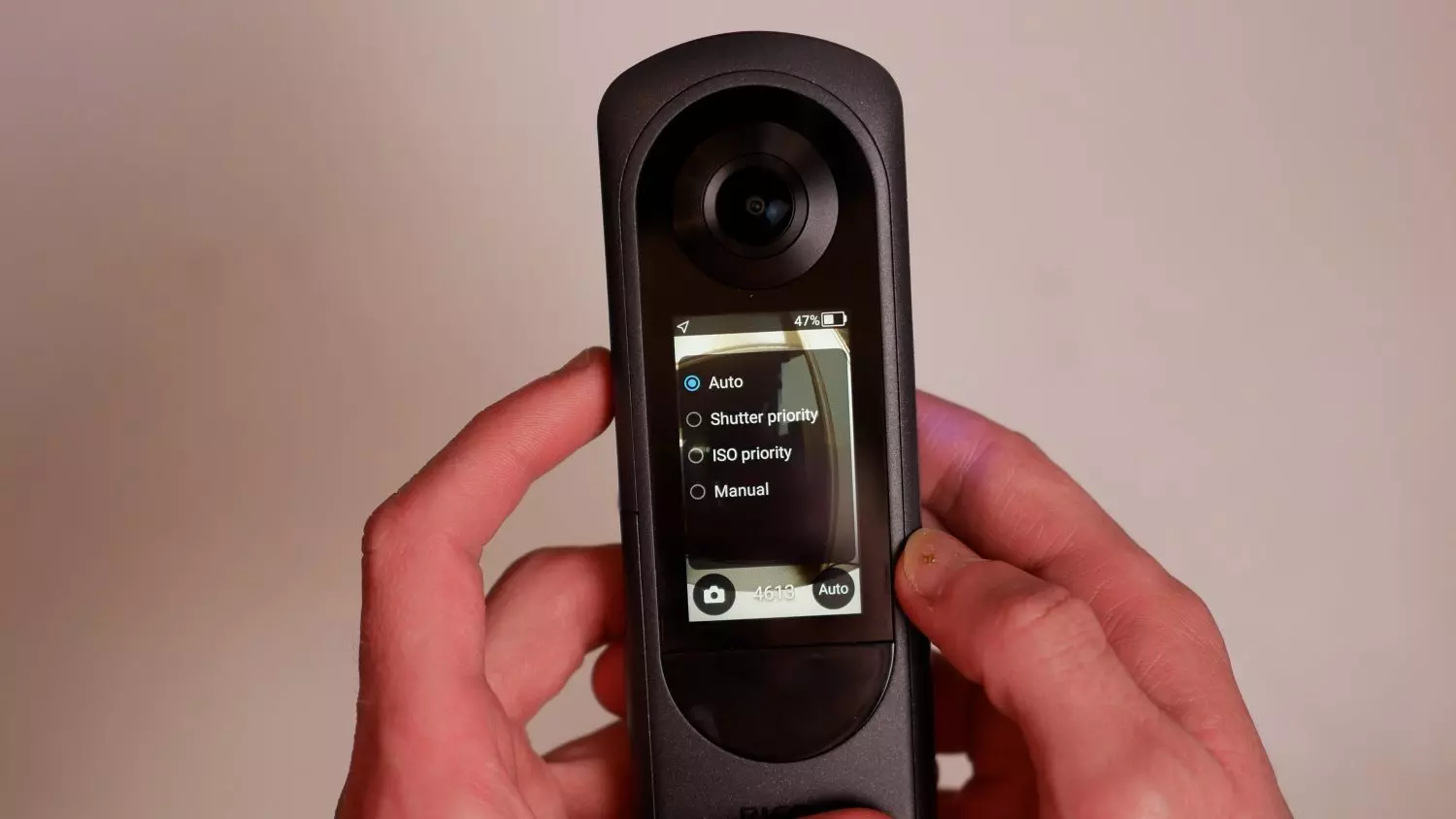
- 1 Inch Sensors | RAW Files | HDR Auto Bracketing | High Resolution
- Available from Insta360
Sharpest Images: Ricoh Theta X

- 1/2 Inch Sensors | 60MP Photos | HDR Auto Bracketing | Easy to Use
- Available on Amazon
Cheaper Option: Trisio Lite 2

- 32MP Photos | Cheaper | No Video | Auto HDR | Single Sensor
- Available on Amazon
Why these cameras? They each have specific features that make them excellent for taking photos and creating virtual tours. Most other 360 cameras focus heavily on video, which is great, but not essential for creating virtual tours for real estate.
In this post, you'll see example images shot with different cameras, allowing you to get a feel for their quality. You can also enhance photo quality through editing.
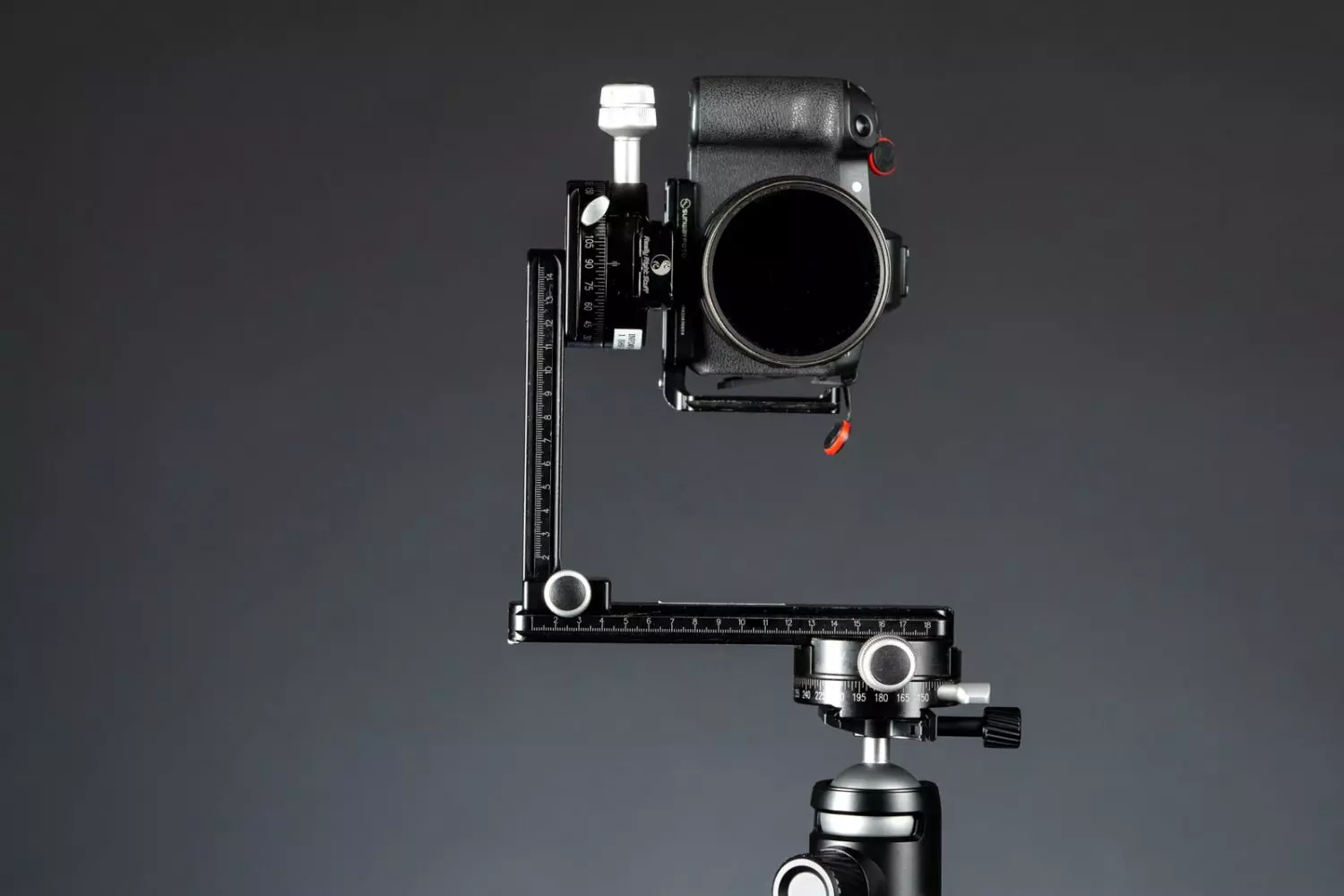
Can all-in-one cameras like the Insta360 1 Inch 360 Edition match up to DSLR panoramic rigs in terms of quality? Probably not, but they offer a much simpler and quicker way to create virtual tours. Let's compare these systems, considering their positives, negatives, and total cost.
Insta360 1 Inch 360 Edition
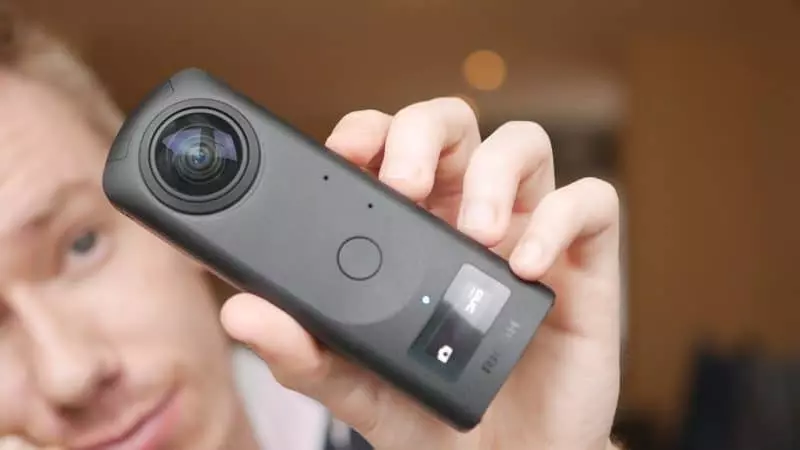
- Difficulty: Medium
- Price: $$
- Time for Each Panorama: 15 Mins
- Equipment Required: Camera, Tripod
- Software Required: Adobe Lightroom, Insta360 Studio
- Example 360 Photo:
The Insta360 1 Inch 360 Edition features dual 1-Inch sensors, making it more suitable for photography than other 360 cameras. It can shoot DNG RAW images, has an AI photo enhancer, and a user-friendly workflow.
To get the best quality from this camera, shoot in DNG RAW mode with HDR activated, and edit your images in Adobe Lightroom or Photoshop. Alternatively, you can use the free Insta360 Studio with the Pureshot feature, which automatically enhances your images.
Ricoh Theta Z1

- Difficulty: Medium
- Price: $$
- Time for Each Panorama: 15 Mins
- Equipment Required: Ricoh Theta Z1 Camera, Tripod
- Software Required: Adobe Lightroom
- Example 360 Photo:
The Ricoh Theta Z1 is a powerful all-in-one camera for shooting virtual tours. It features two 1-inch sensors, can shoot RAW DNG, and has an automatic HDR mode. However, it has a poor design with no Micro-SD Card slot and lower resolution images compared to the Insta360 1 Inch 360 Edition. Nevertheless, it is still a decent option.
Ricoh Theta X
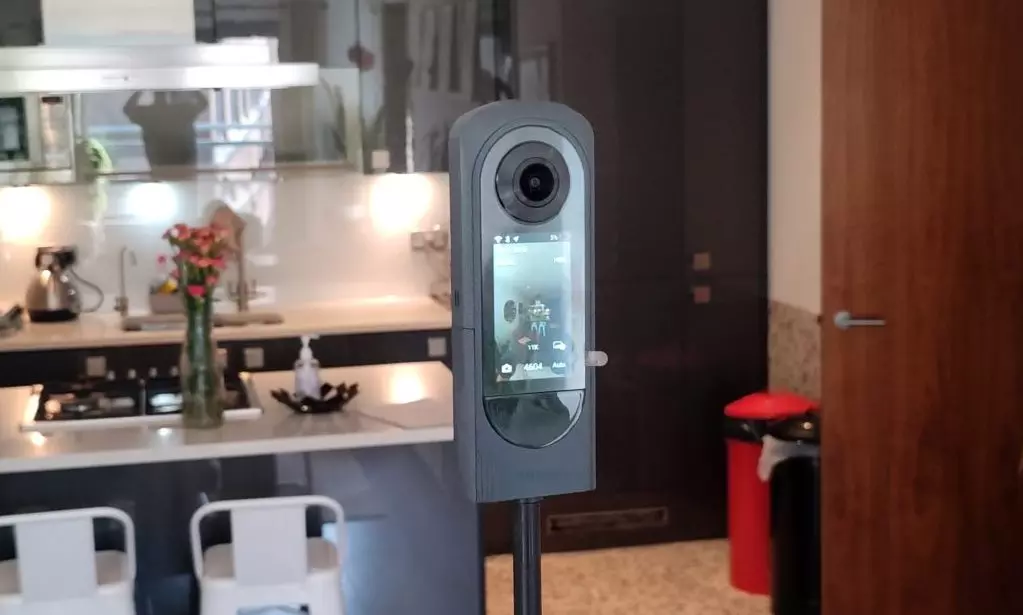
- Difficulty: Easy
- Price: $
- Time for Each Panorama: 2 Mins
- Equipment Required: Ricoh Theta X Camera, Tripod
- Software Required: None
- Example 360 Photo:
The Theta X is designed to be the perfect workhorse virtual tour camera. It lacks the higher quality sensors of the Z1 but offers user-friendly options. It can shoot large 60MP images, the highest among consumer 360 cameras. The Theta X produces sharp images with great detail. While the image quality is not as attractive as the Z1, it captures more detail, which can be important in certain situations.
Trisio Lite 2
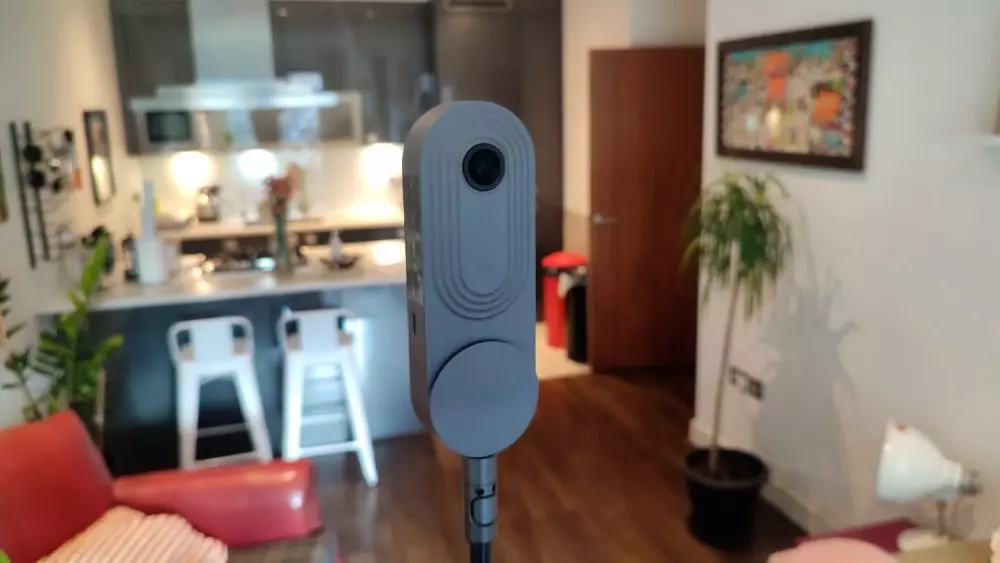
- Difficulty: Easy
- Price: $$
- Time for Each Panorama: 4 Mins
- Equipment Required: Trisio Lite 2, Tripod
- Software Required: Trisio App
- Example 360 Photos:
The Trisio Lite 2 camera has a unique design with a single lens. It turns on its axis, shooting images as it goes along and automatically stitches them together. This design allows the camera to be cheaper while still producing high-quality images. It can capture 32MP photos and features an auto HDR mode. However, it lacks video capabilities and has limited manual photo options.
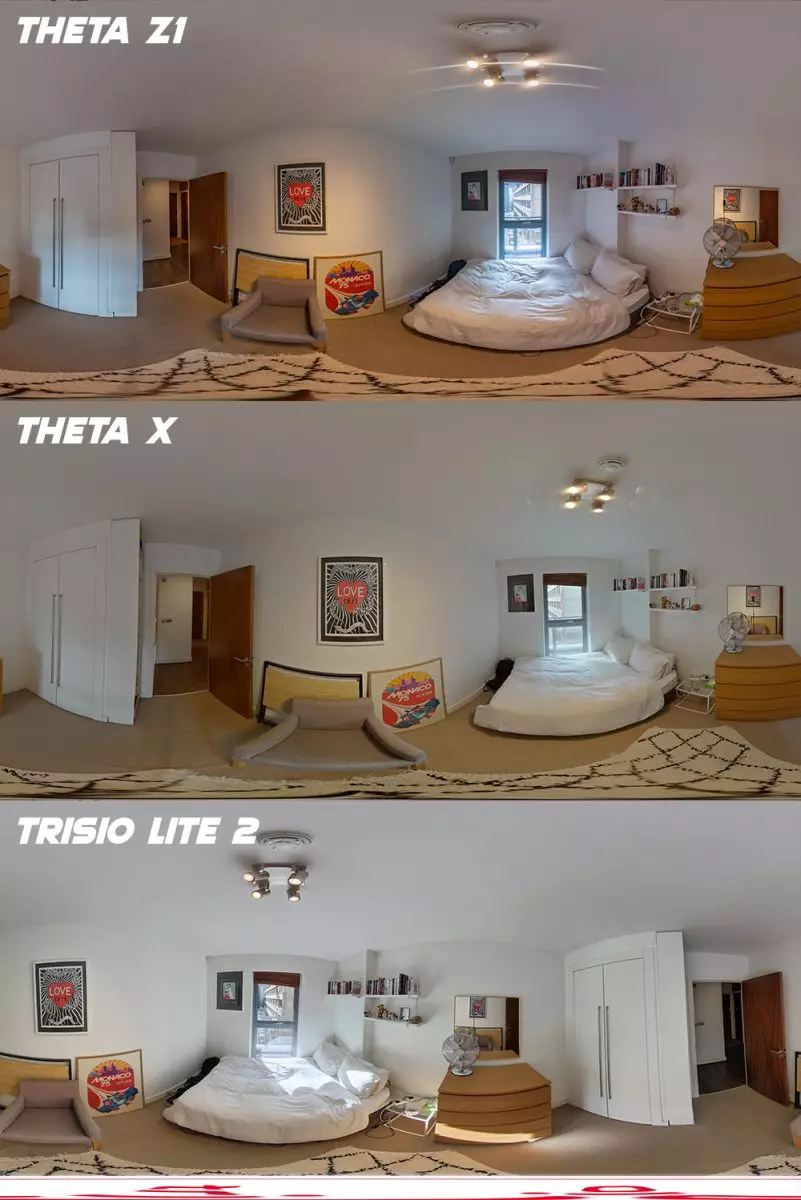
These are the top three options as of 2023. Depending on your budget and specific needs, you can choose between them. For high-quality VR tours for larger houses, the Theta Z1 is still the best option. The Theta X is the easiest to use and suitable for other professions like construction or real estate for smaller units. The Trisio Lite is the budget-friendly choice.
Other Options
QooCam 8K
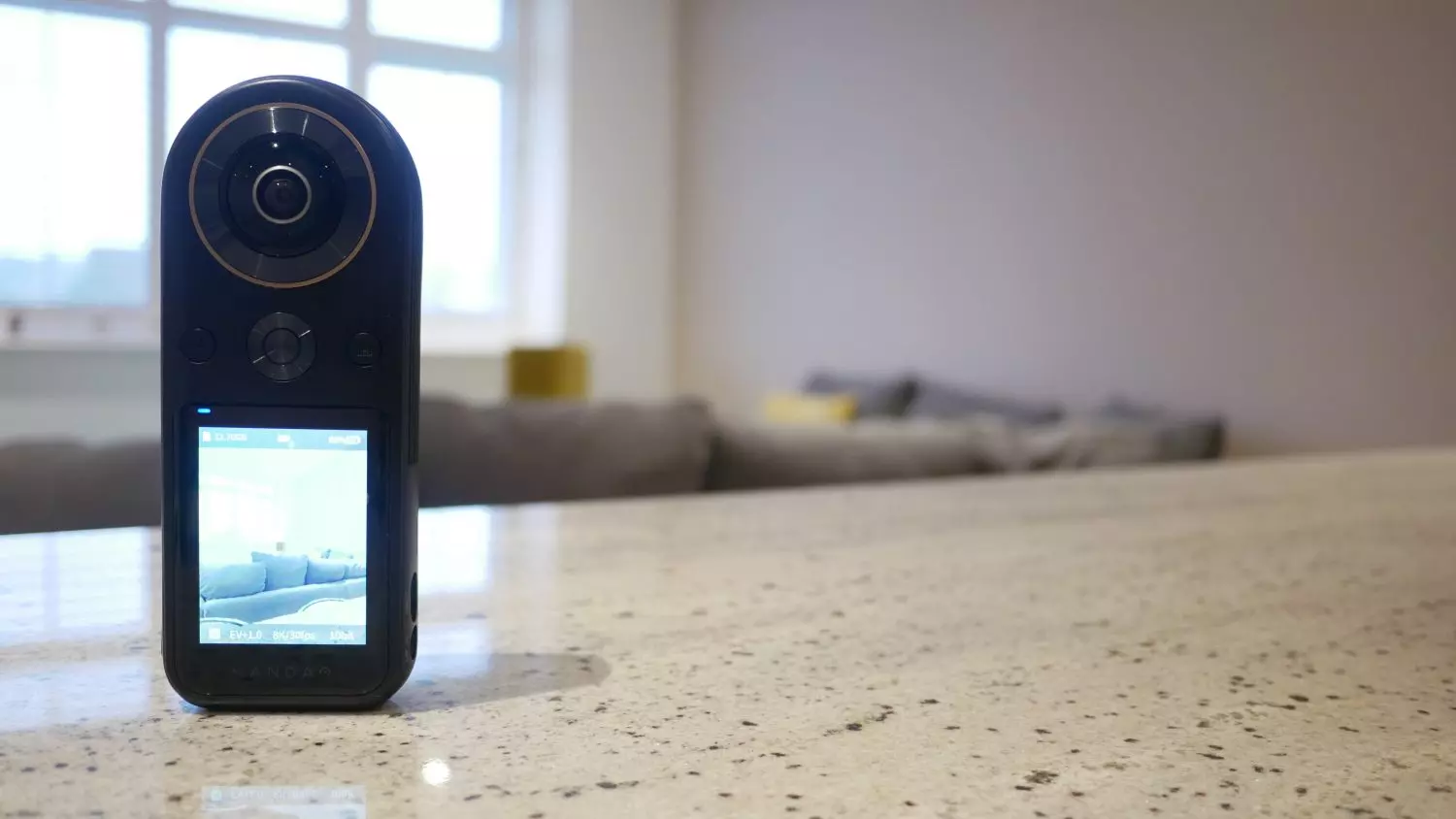
- Difficulty: Medium
- Price: $$
- Time for Each Panorama: 5 Mins
- Equipment Required: QooCam 8K, Tripod
- Software Required: QooCam Studio, Kandao Raw +, Photoshop/Lightroom
- Analysis:
The QooCam 8K is the first consumer 360 camera that can shoot 8K video. While it excels in video capabilities, it also performs well in photo shooting. It can capture impressive DNG 8 photos with excellent dynamic range and detail. Working with these file types may require specialized software and editing programs like Photoshop or Lightroom. Overall, the QooCam 8K offers more shooting options and an easier workflow than the Theta Z1.
Xiaomi Mijia Mi Sphere
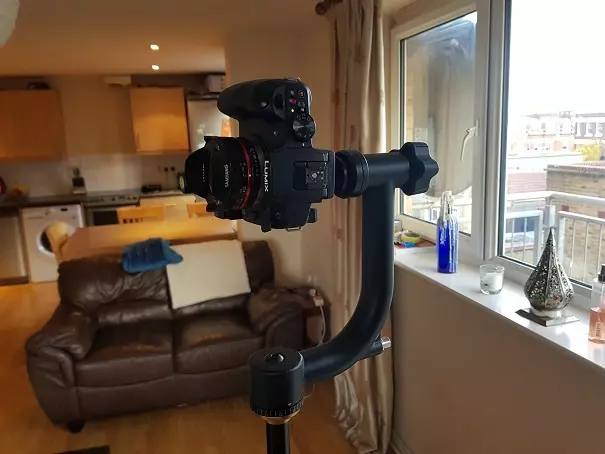
- Difficulty: Medium
- Price: $
- Time for Each Panorama: 15 Mins
- Equipment Required: Xiaomi Mijia Mi Sphere Camera, Tripod
- Software Required: Adobe Lightroom
- Example 360 Photo:
- Analysis:
The Xiaomi Mijia Mi Sphere is an affordable 360 camera that can capture impressive 24-megapixel images. It has gained praise for its photo-taking abilities. The camera can shoot 360 photos with just the tap of a button, eliminating the need for manual stitching. While the image quality may not match DSLR rigs, it does a decent job, especially considering the low price. For indoor virtual tours, the Mi Sphere is the most cost-effective option.
DSLR Panorama Rig

- Difficulty: Hard
- Price: $$$$
- Time for Each Panorama: 30 mins +
- Equipment Required: DSLR, Wide-Angle Lens, Tripod, Panoramic Tripod Head
- Software Required: Adobe Lightroom, Stitching Program (PTGui)
- Example 360 Photo:
- Analysis:
A DSLR Panorama Rig offers unparalleled image quality, brightness, and color accuracy. The lenses are excellent at capturing light and detail. However, it requires manual stitching of 8-10 separate photos, which can be time-consuming. Some stitching errors may occur, requiring additional editing. This method is expensive and time-consuming but produces the best results. For this shot, a Samyang Fish Eye Lens was used.
Conclusion
So, which 360 camera is the best for real estate virtual tours? It depends on your specific needs. If you prioritize absolute quality, a DSLR rig is still the optimal choice. If you can compromise on quality, the Ricoh Theta V provides an excellent balance of quality, time, and price. For cost-effective options, the Mi Sphere offers decent results.
No matter which camera you choose, the investment in a 360 camera will be worth it. Virtual tours are rapidly becoming a standard part of the real estate industry, and they can greatly enhance the way you showcase your properties.
See Also: How to Start a Virtual Tour Business









